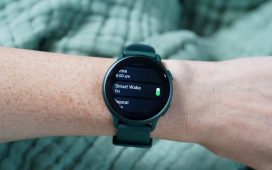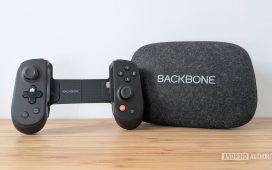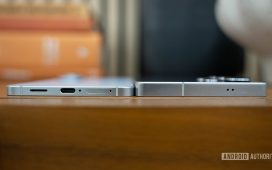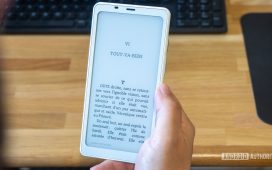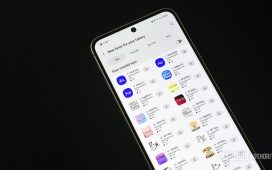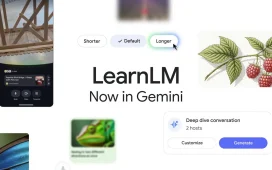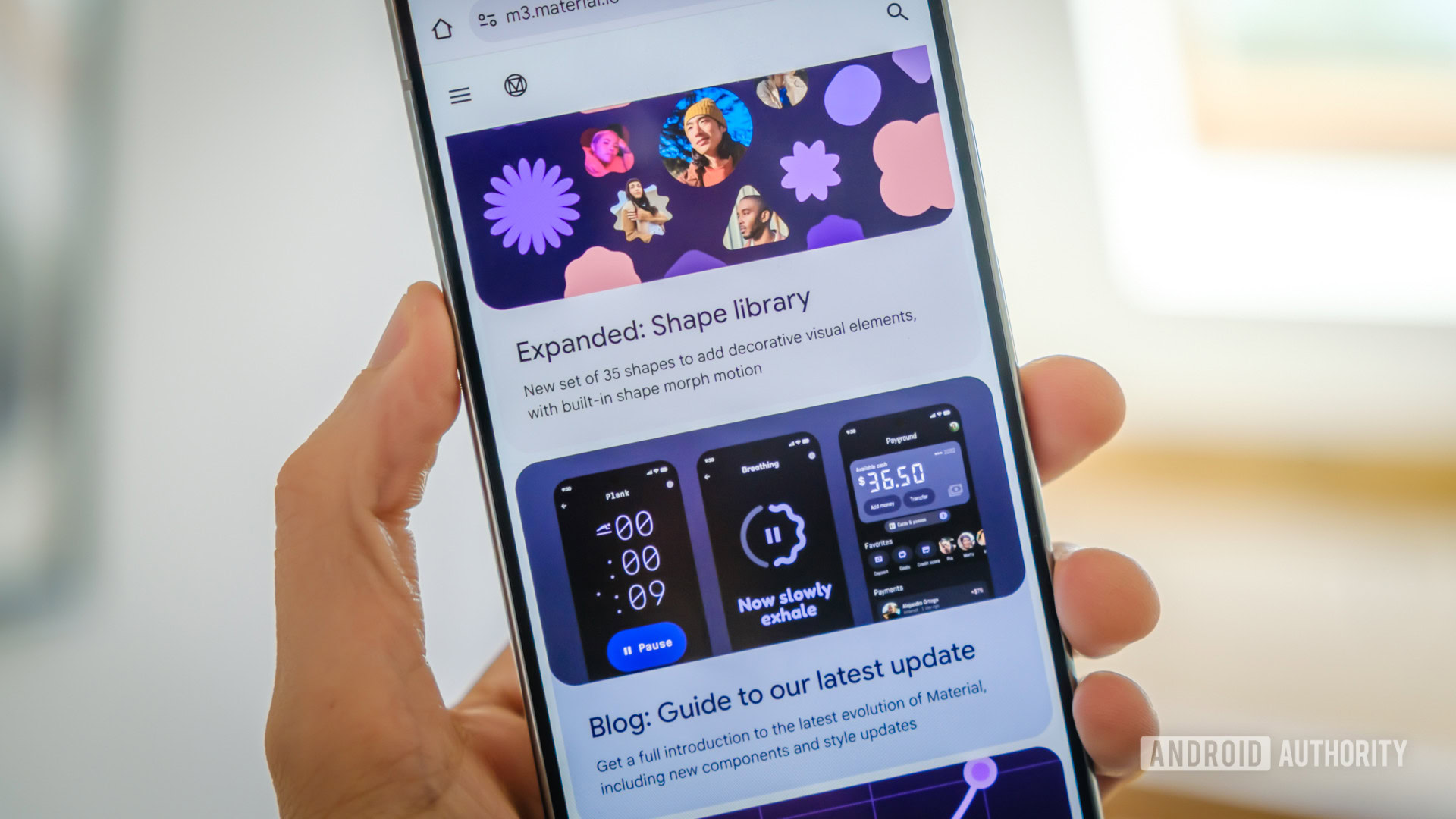
Robert Triggs / Android Authority
Every big UI update has its fans and detractors and Material 3 Expressive is no exception. I’ve seen so many contrasting takes online about Android’s incoming design language refresh, with some loving the focus on aesthetics and others decrying the lack of practical additions. While I find myself in neither camp, at least not at this early stage, I do have one big concern. Given Google’s history of design inconsistency across its various apps and products, it really needs to hit the ground running once it starts rolling out Material 3 Expressive.
The refreshed, modernized design language is the boldest we’ve seen from Google thus far. Full of personality, it places a huge emphasis on blur effects, natural animation physics, and an abundance of color themes. We’re also getting updated typography, a litany of new element shapes, and changes to Android’s core UI components, like quick settings. It’s a surprisingly broad stroke of the brush, and the latest attempt by Google to keep its mobile OS exciting and engaging. But these adjectives mean nothing: implementation — and the speed at which it happens — is what’s important.
Do you have faith that Google will roll out Material 3 Expressive quickly and decisively?
0 votes
Cohesion and consistency are what Android 16 and its apps really need
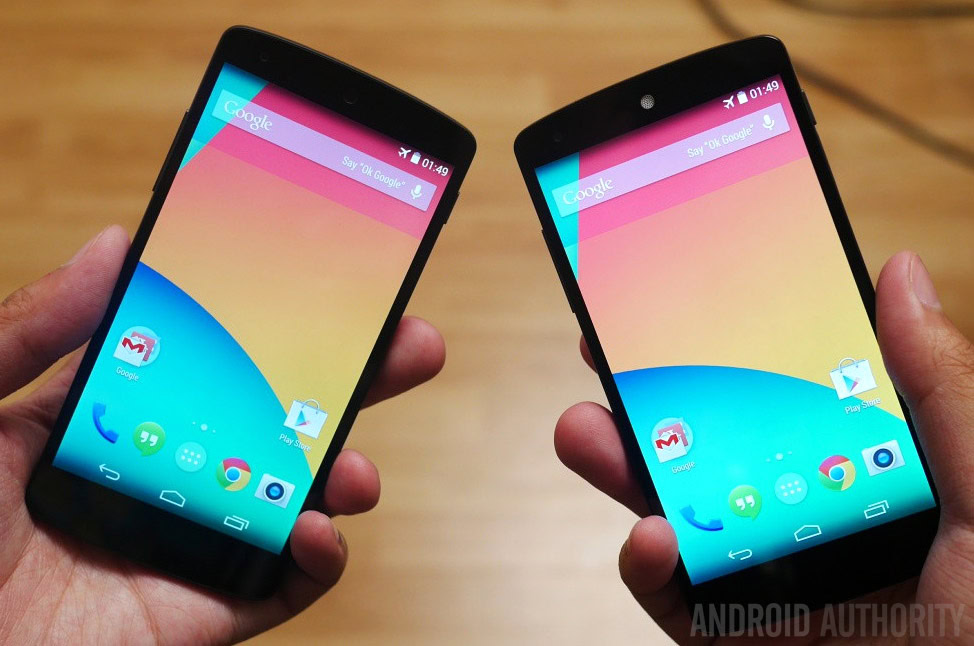
Design languages are intended to bring cohesion and consistency to a UI experience. This, in turn, makes using apps from a given company on a platform more intuitive, predictable, and efficient. Any deviation from this due to a slow rollout or developer reluctance will disrupt this. Material 3 Expressive may possess the bones of the Material languages that preceded it, but it’s still different enough to stand out against its predecessors.
Since I installed QPR1 on my Pixel 8, I can see and feel the impact of Expressive within the Settings app, the Quick Settings shade, and the animations interlaced here and there. However, apps not yet updated to meet these new guidelines feel out of place. To be fair, I’m keenly aware of the differences, and those not actively seeking them may overlook them. Yes, it’s early days, but it’s a glimpse of the challenges users could face in the coming months.
Material 3 Expressive may be a refresh of Material You, but the differences are tangible.
Since its inception, Android has undergone several major changes, most notably the sharp and sensible Holo in the early 2010s and the first Material version soon after. More recently, Material You, which debuted in 2021, aimed to add more personality to the Android ecosystem and Google’s apps.
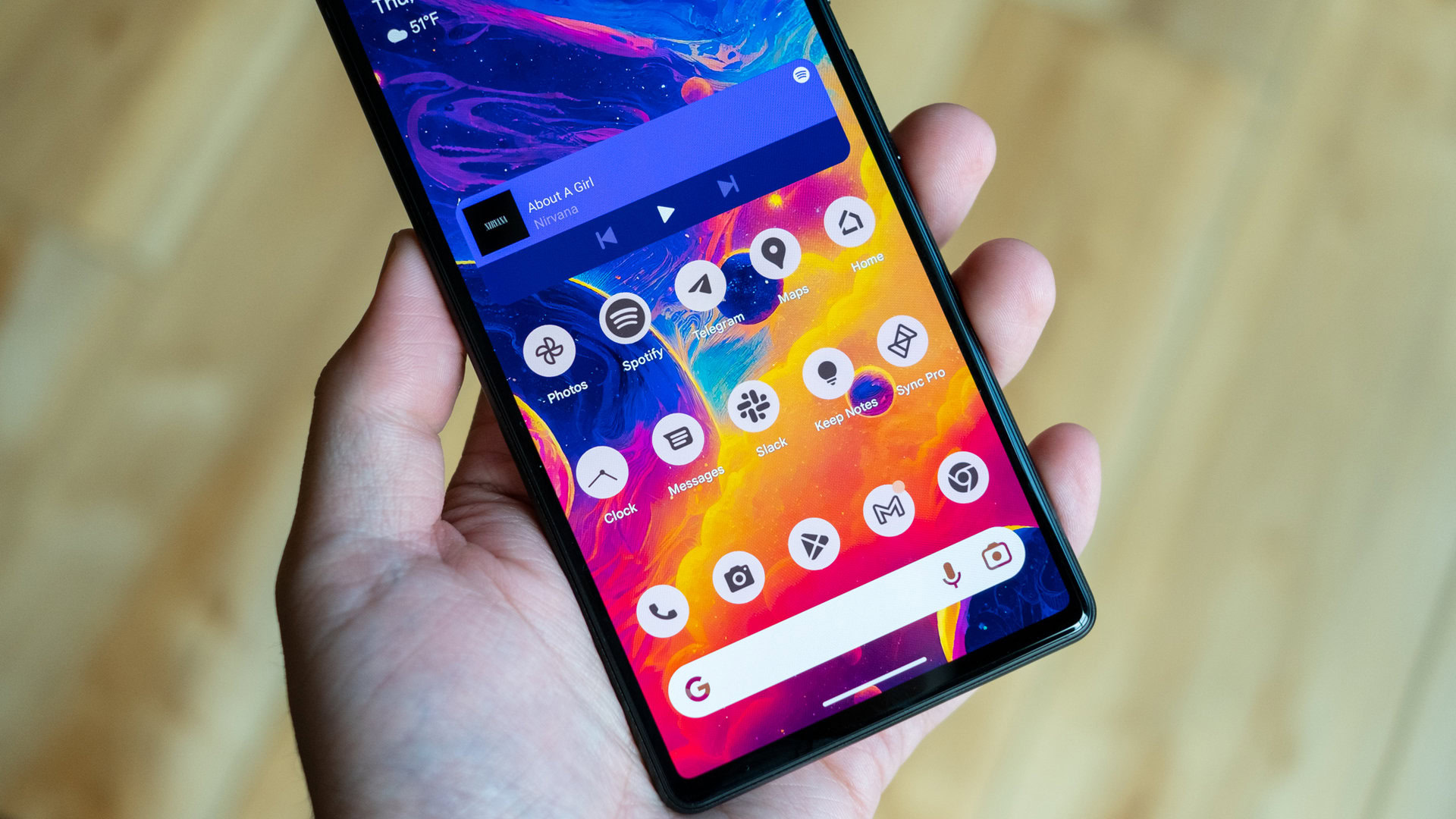
Ryan Whitwam / Android Authority
Despite the years of history I just covered in this brief paragraph, Google’s transition between these design languages has been anything but smooth. It took years for just a handful of Google apps to graduate from Holo to their Material redesigns. After its purchase, it took Google two years to refresh the Fitbit app with its Material vision. And let’s not forget the lack of a dark mode for several high-profile apps, years after that feature was available in Android 10.
Google has struggled to implement new design languages in the past, leaving several apps stuck between Holo and Material.
While I’ll give Google credit for adopting Material You far more swiftly and seamlessly than any previous design language, the same can’t be said for earlier iterations. Clearly, these memories still haunt me. Beyond apps, inconsistencies still plague the company’s widgets and icons even in the Material You era. Even NotebookLM, the company’s newest app, barely follows Google’s current design language. And four years after Google first introduced themed icons, some of its apps, like Analytics, don’t support the feature and keep their original icon.
Google is moving swiftly, but can it keep up the momentum?
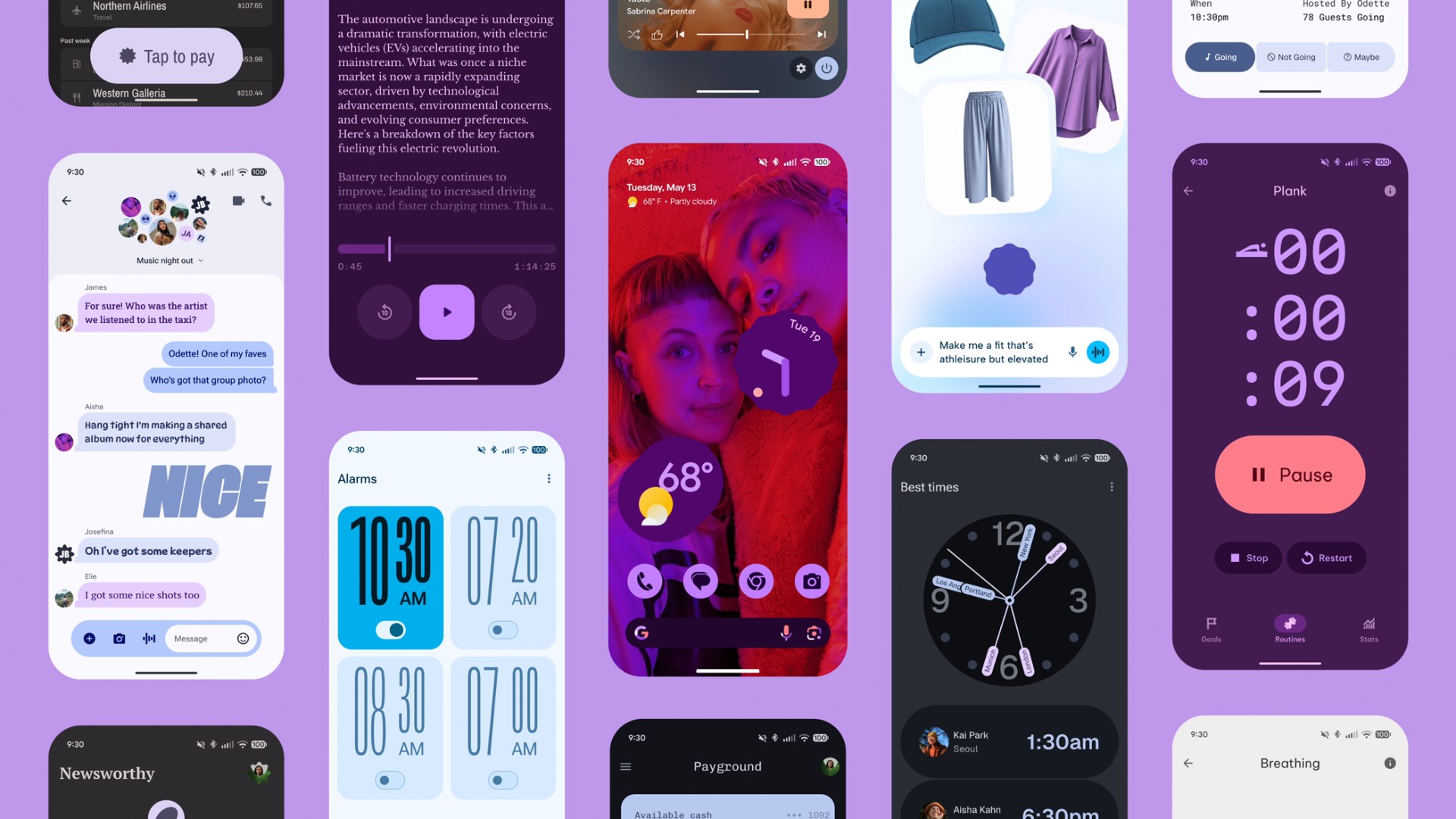
For Material 3 Expressive to succeed, Google must draw inspiration from its recent rollout successes that brought near-immediate and uniform changes to its apps and products. Thankfully, I’ve seen plenty of positive signs that Google is taking this path.
Several Android apps are already in line to receive their Expressive updates. It’s a fast, positive start.
At Google I/O this week, the company made Android 16 QPR1 the launchpad for Expressive rather than doling out the redesign through a later update. This means the changes should be available immediately once the stable version of the OS rolls out.
Our Authority Insights series has also uncovered several Google apps poised and ready to receive their Expressive updates. Google Clock, Files By Google, Google Calendar, Google Keep, and Google Drive are just some cornerstone apps leading the design charge, with more likely to come in the coming weeks. All of this is hugely encouraging, and considering that the big UI update won’t be stable for a few months yet, the company has more than enough time to address the rest of its fleet.
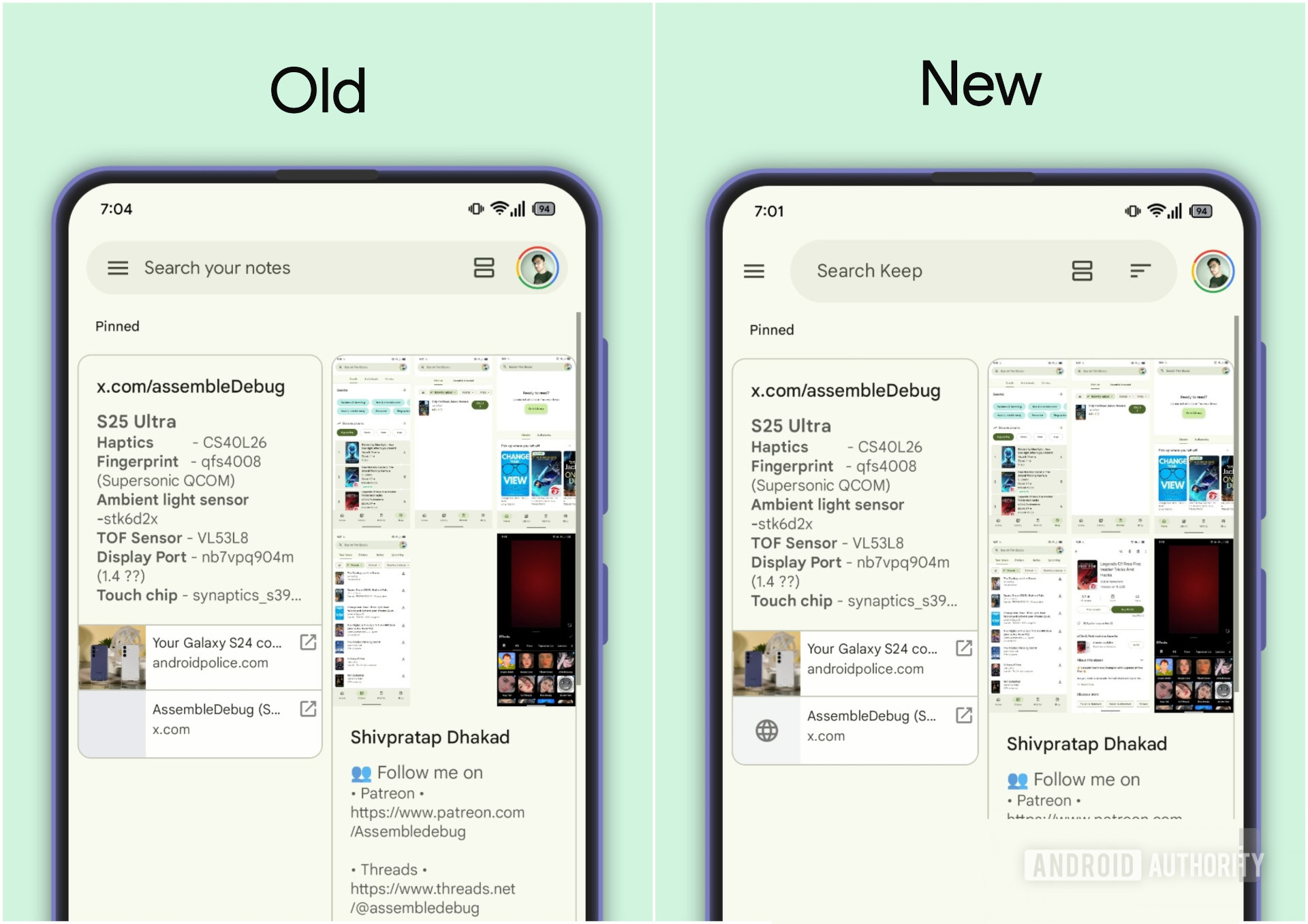
AssembleDebug / Android Authority
Thankfully, I don’t believe Google’s task is too difficult this time around. The company admits that Material 3 Expressive isn’t a massive overhaul but rather a refinement of the existing Material philosophy. The leap from Holo to Material was huge. Material You to Material 3 Expressive should be a small shuffle, so updates to its apps should come thick and fast once Android 16 arrives. However, even though the task this time around is simpler, Google still has to follow through.
The leap from Holo to Material was huge. Material You to Material 3 Expressive should be a small shuffle.
Hey, despite my qualms, I’m still pretty excited for the next iteration of Android, even though we could be in for a confusing mish-mash of Material You and Expressive apps at its inception. But here’s to hoping that Google will move swiftly and decisively to implement its new vision across all of its properties.

